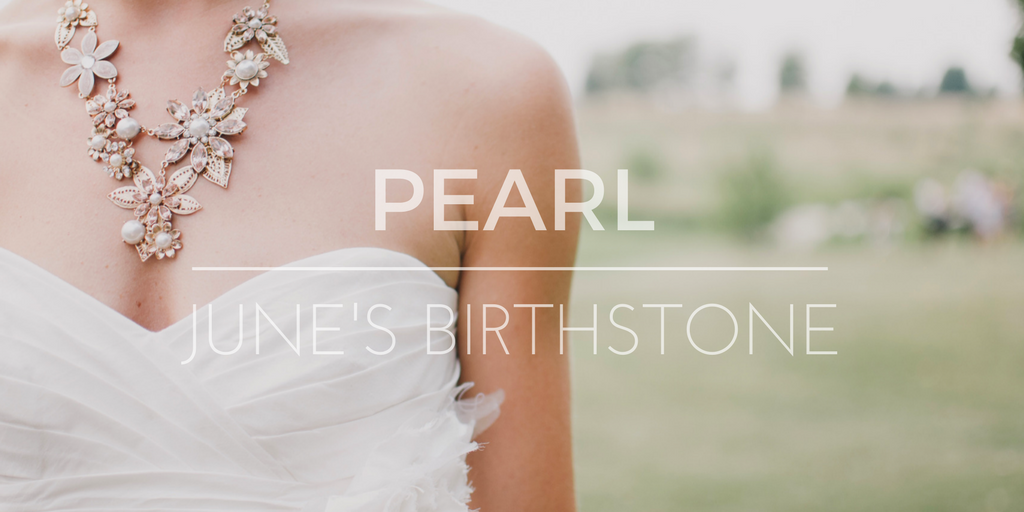Pearl is June’s Birthstone. The main factors determining the value of a pearl include lustre, colour, size, lack of surface flaw and symmetry, with size being the most important factor. It is also important whether the pearl is natural or cultured. While white pearls are the most popular, you can also get black, pink, blue, champagne, green, black and even purple. They differ from most gems in that they aren’t cut or polished; they’re best in their pure, natural, unadorned state.
History

Pearls have been worn for over 4000 years. For centuries pearls had to be retrieved by hunters free diving in the ocean. It was incredibly dangerous and time consuming, and in the colonial period, was a task assigned to slaves. One of the most famous pearls in the world, La Peregrina, was found by a slave in the 16th century, earning him his freedom. This legendary pearl was owned by royals including Queen Isabella of Spain, Mary Tudor, and the Bonapartes.
In the 1890s, British Biologist William Saville-Kent developed the process of culturing pearls, which first became popular in Japan. It is less dangerous and more reliable than pearl diving.
Coco Chanel popularised pearls in the 1920s, with her signature style of mixing precious and costume jewellery. In the 1960s, Audrey Hepburn and Jackie Kennedy brought pearls back into vogue, and Richard Burton gifted the La Peregrina pearl to Liz Taylor. In the 21st century, pearls are coming back into fashion, but have moved away from the traditional settings and styles for a fresh new look.
Associations

Pearls are associated with purity, love and marriage, making them popular with brides. A Hindu legend states that Krishna took the first pearl from the ocean and gave it to his daughter on her wedding day. An ancient Christian legend held that pearls were the tears of Adam and Eve. Greeks thought pearls were the tears of the gods. This association with tears held to the Victorian era, where seed pearls were used to symbolise mourning.
The ancient Chinese believed pearls were formed within dragons, and that you had to slay a dragon to retrieve the pearl. The Japanese thought pearls were the tears of angels and the peoples of both Persia and Tahiti associated the gem with rainbows.
In many ancient cultures, pearls were associated with the moon, and fortune telling. They are incorporated in the Georg Jensen Sphere collection, where they symbolise the moon, crystal balls and mystical energies.

